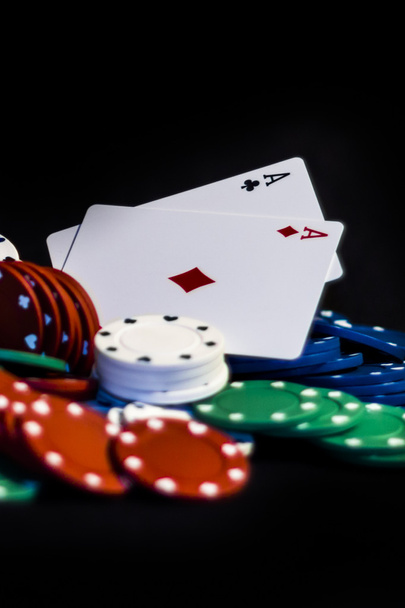Within the opulent confines of a casino, the shuffle of cards resonates with the promise of fortune and excitement. The choice of cards is a crucial element in shaping the gaming experience, each deck carrying its own history and significance. In this article, we delve into the diverse types of cards used in gambling (judi online) casinos, exploring the materials, designs, and nuances that contribute to the tapestry of chance.
1. Standard Playing Cards:
The most ubiquitous cards found in casinos are the standard playing cards, consisting of a deck with 52 cards divided into four suits – hearts, diamonds, clubs, and spades. Each suit contains numbered cards from 2 to 10, along with a jack, queen, king, and ace. These cards are the backbone of many casino games, from poker and blackjack to baccarat and beyond. The classic design and familiarity of standard playing cards create a universal language of chance in the gambling world.
2. Poker Size vs. Bridge Size Cards:
While the standard playing cards are uniform in size, two distinct variations exist in the casino realm: poker size and bridge size cards. Poker size cards are wider, measuring 2.5 inches in width, and are commonly used in games like Texas Hold’em and Omaha. On the other hand, bridge size cards are slightly narrower, measuring 2.25 inches, and are often favored in games like bridge and euchre. The choice between these sizes can impact the feel and dynamics of the game, making it an essential consideration for casino operators.
3. Jumbo Index Cards:
For enhanced visibility, especially in large casino settings or for players with visual impairments, jumbo index cards come into play. These cards feature larger and more prominent suit and rank symbols, making it easier for players to quickly assess their hands or the community cards on the table. Jumbo index cards are commonly used in high-stakes poker tournaments and blackjack games where visibility is crucial.
4. Marked Cards:
In the shadows of casino folklore, marked cards evoke intrigue and suspicion. Marking cards involves discreetly altering the cards to provide an advantage to a knowledgeable player. While the use of marked cards is strictly prohibited in regulated casinos, their existence highlights the ongoing battle between casinos and those seeking an unfair advantage. Sophisticated security measures and vigilant staff work tirelessly to detect and prevent the use of marked cards.
5. Specialty Decks:
Beyond the standard decks, casinos often deploy specialty decks to add flair and thematic elements to certain games. These decks may feature custom designs, branding, or illustrations that align with the casino’s aesthetic or the theme of a particular game. Specialty decks are commonly used in promotional events, themed parties, or to enhance the overall gaming experience in specific areas of the casino.
6. Plastic-Coated vs. Plastic Cards:
The durability of cards is a crucial consideration in the fast-paced and high-stakes environment of a casino. Plastic-coated cards, featuring a paper core coated with a layer of plastic, strike a balance between cost and durability. However, many casinos are transitioning to plastic cards, which are more resilient and resistant to wear, ensuring a longer lifespan. Plastic cards are particularly favored in games like poker, where the constant handling of cards demands durability.
Conclusion:
In the realm of casino gambling, the choice of cards is more than a mere formality; it’s a subtle art that influences the gaming experience. From the familiar standard playing cards to the specialized jumbo index and marked cards, each deck has its role in shaping the narrative of chance and excitement. As casinos continue to evolve, so too will the cards that shuffle through the hands of players, carrying with them the legacy and allure of games of chance.
